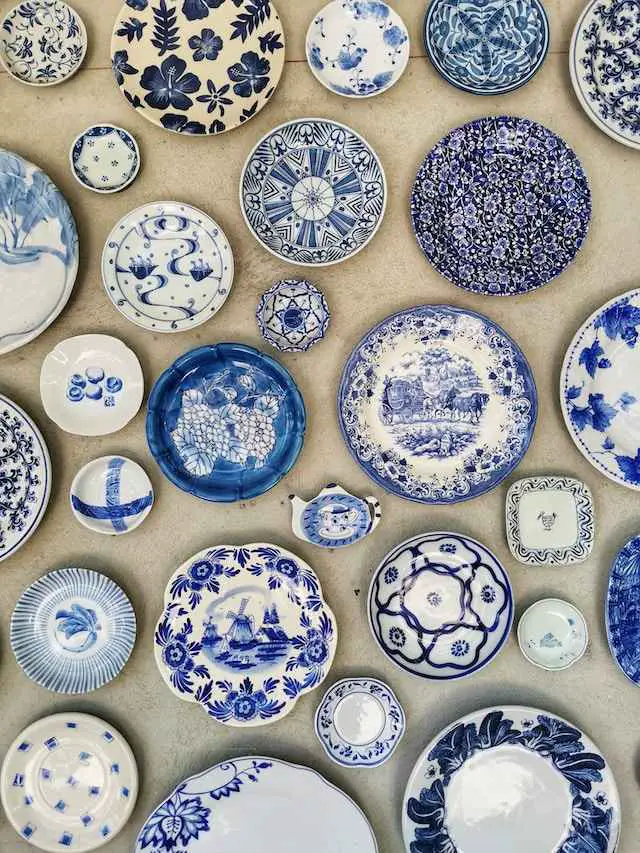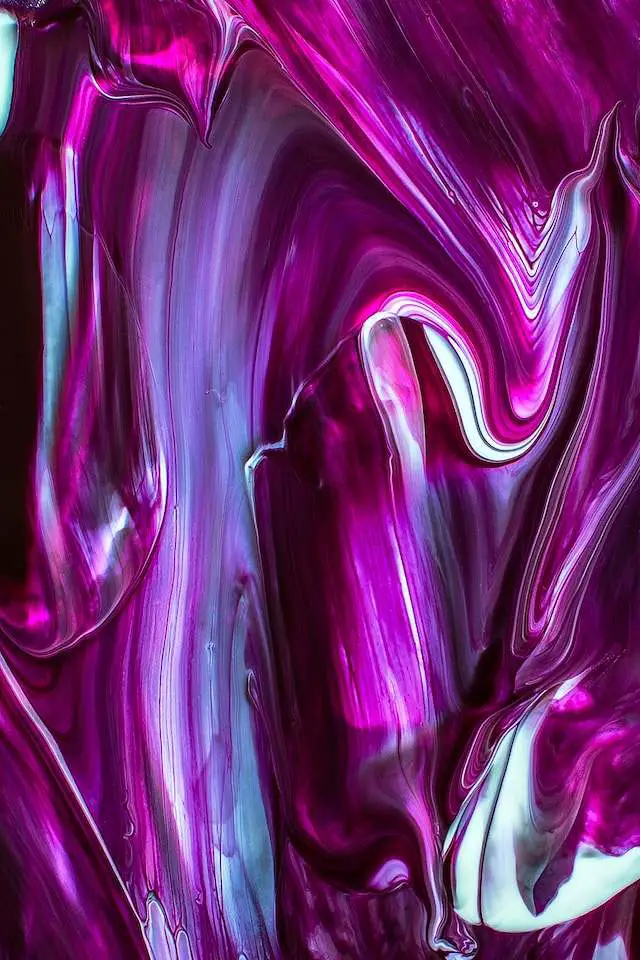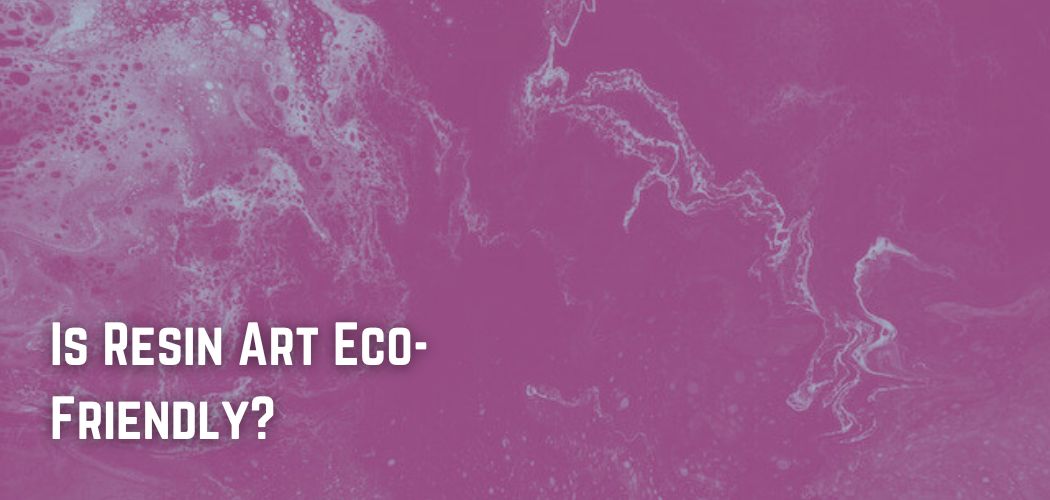Resin art is a little different from the conventional painting style as it does not include the typical paintbrushes, oil, or acrylic paints.
Resin art is typically done by using epoxy resin (a type of resin) on a canvas. It is ideal for a durable, glossy, and perfectly finished piece of art. It might seem to be an innovation in art but it has been around for about a century now. During the lockdown to kill boredom, resin art came into the limelight.
But at the same time, the environment is the prime concern for everyone. And with the rising use of resin in art, a question arose among its users; is it even safe for the environment? Is it biodegradable? Is it recyclable?
Well, eco-friendly art resins might not seem to have an immediate adverse effect on the environment, but non-eco-friendly does. Let us elaborate on this in the blog post.
Resin and its Types
Originally, the resin was extracted from organic sources such as trees and plants. But eventually, trees could not fulfill the ever-increasing demand for resin and so scientists devised a way to make it synthetically in the 1930s.
Most of the resin available in the market today is synthetic resin, manufactured using chemicals. These resins are not environmentally friendly and highly toxic.

Resins used in the art can be categorized into two types; environmentally friendly resins and non-environmentally friendly resins. The market has art resin options that are eco-friendly and the use of such art resins is no threat to the environment and the person using them.
Moreover, environmentally friendly resins are plant-based. They are biodegradable, can be recycled, and are non-toxic for humans during use. These resins may be expensive but are a lot safer and advisable.
On the other hand, art resins made by chemicals are not eco-friendly. The dangers of this type of resins are elaborated down below:
Dangers of Non-Eco-Friendly Resin
Non-environment-friendly resins are manufactured by using products derived from petrol and crude oil, both of which are nonrenewable sources.
Silicon resin uses silica i.e., sand but it is still harmful as it uses some chemicals in its production.
The manufacturing of these resins is causing the exhaustion of fossil fuels such as petroleum and crude oil.
The manufacturing process also involves the release of harmful chemicals into the environment that causes acid rain.
These resins are also highly toxic for humans when liquid, and can be poisonous if they are swallowed or if their fumes are breathed in. Touching epoxy resins also causes skin irritation. Some of the most common are redness, swelling, and itching.
They are non-biodegradable as well. Since resins are a form of plastic, they may take up to hundreds of years to break down and release any harmful chemicals during the process.
Even though some resins can be recycled, the recycling process is very hard. The process of recycling is usually reserved for large corporations and most of the resin used in homes ends up in the landfills.
Safe Disposal of Your Resin
Disposal of your resin in a proper way is extremely important to prevent it from harming any human, animal, or environment. Resin in its solid form is not as harmful as its liquid form.

So if your resin is hard, dry, and solid, you can safely dispose of it along with your regular waste.
If your resin is in liquid form, disposing of it with regular waste would be extremely toxic and harmful for fellow humans and the environment.
For liquid resins, it is advised to let them dry in sunlight first and then dispose of it off. Or use a special plastic bag specially designed for the safe disposal of resins.
About UV Resin
There is another type of resin apart from those mentioned above. The third type, UV resins are used in 3D printing. It is also a synthetic resin hence non-eco-friendly and toxic.
The UV resin not only is toxic to the human body when it makes contact with it. One-time exposure to such resin might not cause a prominent adverse effect but regular exposure causes harm to human health and the environment.
It is advisable to do 3D printing in controlled avoid to avoid as much contact as possible or to substitute to other environmentally friendlier resins.
Final Verdict
The crux of the whole discussion is that not every resin is eco-friendly and not every resin is a threat to the environment. It all depends on the source and manufacturing of the resin.

Naturally extracted, and plant-based resins are eco-friendly, and so is the resin art is done by using such resins. It is up to you to follow proper precautions while using resins that have adverse effects on human health and the environment.
It is better to minimize the use of toxic resins and choose the better, environmentally friendlier resins.
But if you want to use non-environmentally friendly resins, use and dispose of them keeping the safety of human health and the environment in consideration.
FAQs
- What are the uses of resins?
Resins can be used in many ways. They are used to make plastic and other materials. They are used in art, varnishing, and coatings. They are also used to seal cracks.
- Should resins be used with care?
Naturally extracted resins can be used with minimal care but UV resins and the resins manufactured synthetically should be used with proper care. They are highly toxic and release harmful chemicals that can affect human health.
- What is the setting time of a resin?
The setting time of a resin is the time in which it hardens. It depends upon the resin you are using and for what purpose the resin is being used. Overall 24 hours is ample time for a resin to harden.
- Is Resin food safe?
Not all resins are food safe but cured resins are said to be non-toxic and even food safe. Silicon resin and eco-friendly resins are generally considered food safe.





